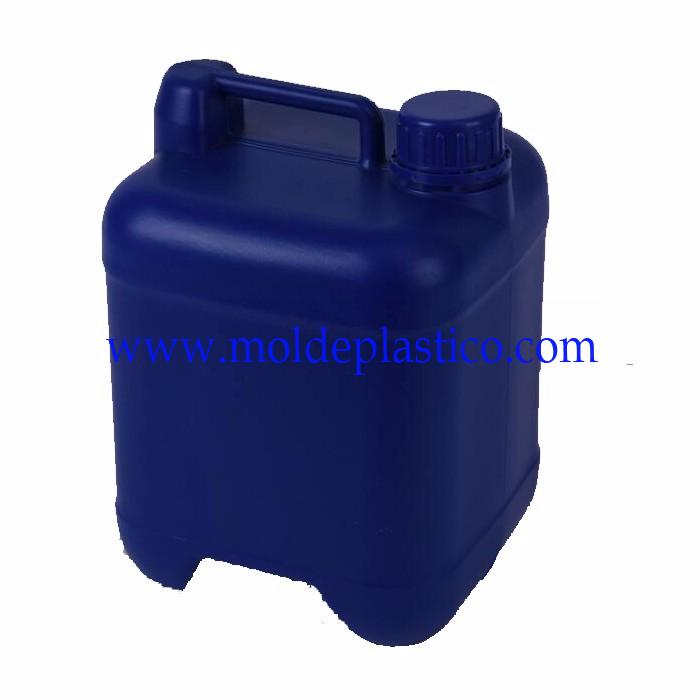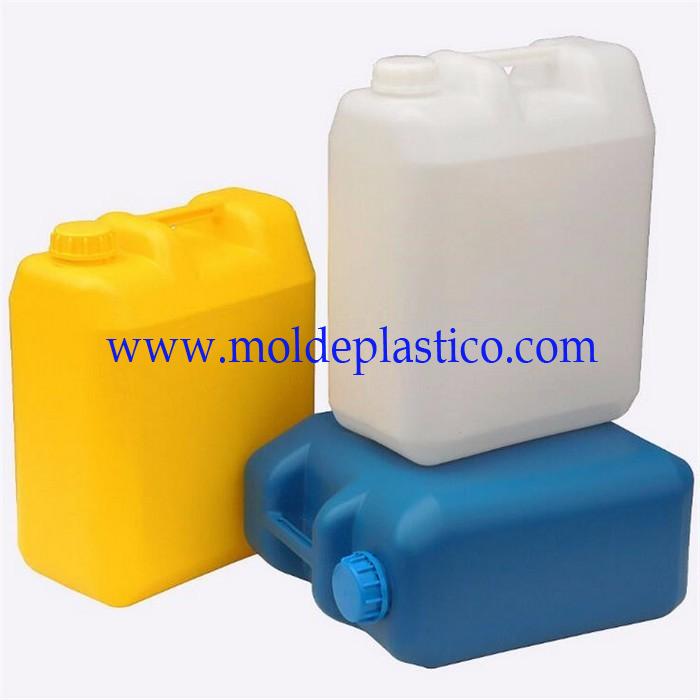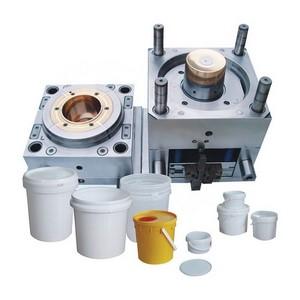Description
Professional Manufacturer of Extrusion Blow Mold over 15 year experience with annually making hundreds of moulds to meet various industries‘ packaging needs in China
Quality Control for Blow Molding Companies
The end use of the blow-molded bottle usually dictates the extent of inspection carried out on the item. The fields of toys and housewares are somewhat less critical, and the major controls deal with weight, general dimensions, color and rigidity.
These pertain to stress- crack resistance, permeability, wall collapse, impact strength and product change, and it must be assumed that these basic points are met by the container.
Inspection Quality control techniques should not be confused with product inspection, which consists merely of screening the items produced and comparing the findings with established specifications to see whether or not the product meets them.
If the item is within specifications it is accepted, and those that do not meet them are rejected. Unfortunately, this is almost like locking the door after the horse is gone, because the damage is done. In addition, this form of product testing is extremely costly and involves considerable labor and materials and does not explain the cause of the problem.
Control The key to the use of any technique in bottle blow molding is the control it gives of the product produced. To use quality control properly, it must be a part of the manufacturing process and must yield a positive method of control on the items being manufactured.
True quality control is in fact based on the production of some marginal or off-standard products. Control of quality is obtained by measuring quality of production at the machines. This allows immediate knowledge of the quality status and allows machine adjustments to be made if necessary.
The use of sample lots is common to process quality control as well as incoming quality control at the bottle decorator or filler. Specifications The degree of quality control desired must be established between the bottle producer and his customer. In addition, the specifications on which quality control are based must be established prior to a production job.
From these specifications the processor can set his control limits. The limits agreed to are based on product requirements and are determined from what the bottle container is expected to do. The use of specifications is necessary, since it eliminates much of the human judgement or sometimes guess-work involved in interpreting good or bad quality.

 English
English Español
Español Português
Português








